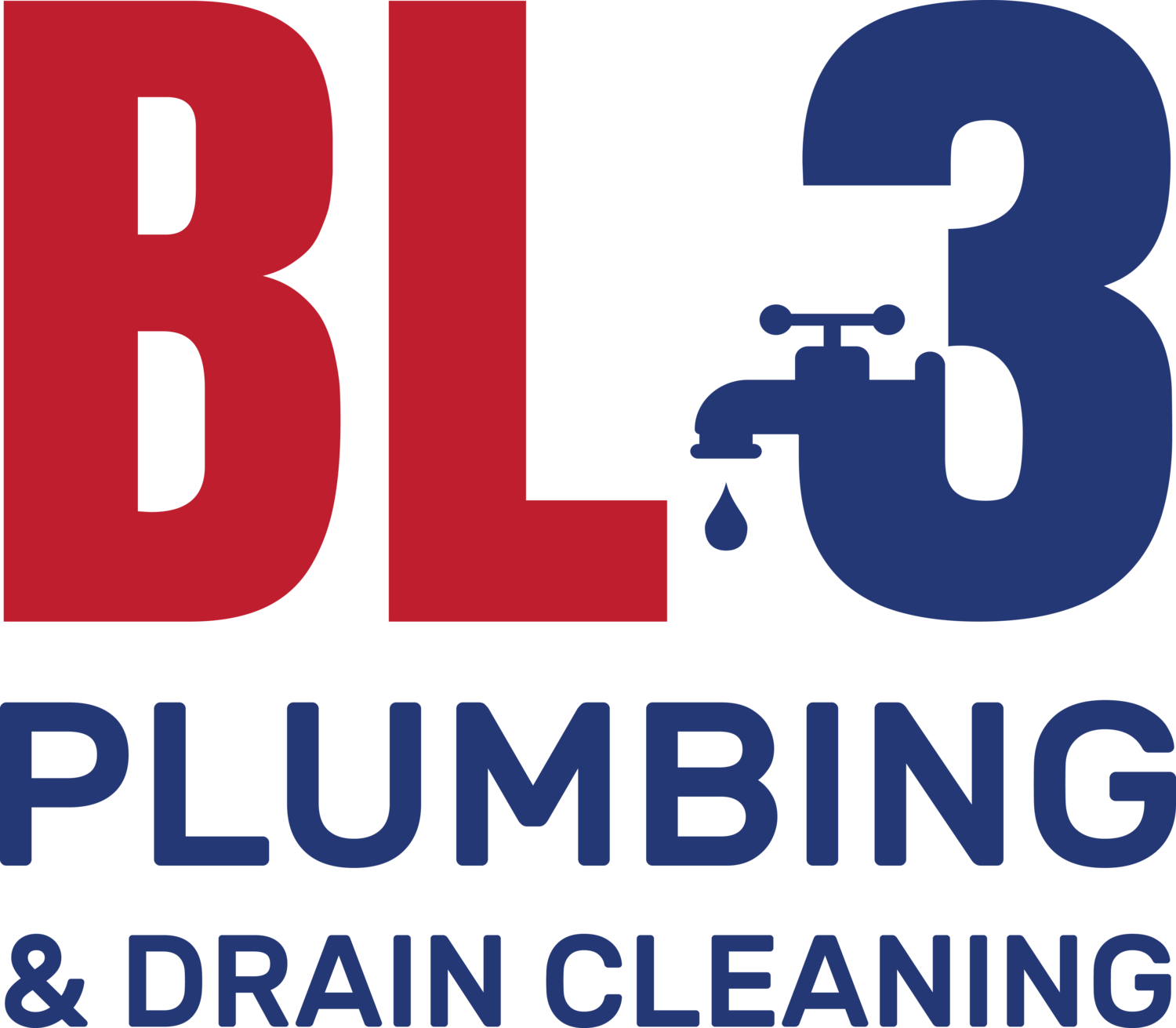One of the most frustrating plumbing problems for homeowners is a backed up sewer drain. It’s also one of the most essential problems to fix, to keep a household running smoothly.
Even the United States government thinks so. Those working in the plumbing industry are part of the “Essential Critical Infrastructure Workforce,” as established during the outbreak of COVID-19, which clarifies just how important plumbing is to keeping our communities well-maintained and safe during an emergency.
A backed up sewer doesn’t always have to be an emergency, though. They say an ounce of prevention is worth a pound of cure. Once you know a few of the common causes of sewer backups you can help keep them from happening with preventative measures, employ a few quick fixes yourself or know when to call in a professional.
Clogs
If you notice it’s taking longer for water to drain from your sink or you’re hearing gurgling noises when you flush the toilet, these abnormal functions could signal the start of a clogged drain.
Clogs develop over time and are caused when something blocks the free flow of liquid out of a drain pipe, which can impact the plumbing throughout your entire home. This will affect the proper functioning of sinks, toilets, showers, bathtubs, dishwashers, washing machines and even sprinkler systems. If the clog is severe, raw sewage could push back into your drainpipes and up into your plumbing fixtures from the septic tank or the main sewer lines. It could get messy.
In our experience, drain clogs can be caused by a build-up of common objects such as:
Hardened grease
Hair
Feminine hygiene products and baby wipes
Extra-thick toilet paper, paper towels, napkins and facial tissues
Dental floss and cotton swabs
Products labeled non-flushable
Keep in mind sewer pipes are about six inches in diameter, so it takes a lot of material build-up to clog them. When in doubt, just don’t throw it down the drain. Place it in the garbage.
Plant Roots
Root invasion occurs when tree and plant roots infiltrate your sewage system, growing right through plumbing pipes or wrapping around and crushing them, in search of the water that flows inside.
This also happens over time and could speed up if your pipes are in poor condition, with cracks or holes that allow the roots to enter the drain.
To mitigate tree or plant roots from causing damage to your sewer pipes, plan for a tree’s root growth when deciding where to plant new trees on your property.
Blockages of the Main Sewer Line
A blockage of your sewer main happens in the piping system that is owned and maintained by your city, town or district.
The blockage can be caused by a clog similar to a household clog. It can also be caused by inadequate system capacity, if the area where you live is experiencing heavy growth. This type of problem becomes evident if a community had problems with the sewers after heavy rainfall.
A sewer main blockage will affect most or all of your plumbing in the entire house simultaneously, rather than affecting just one drain. To minimize damage, shut off all water supplies of your house and try to cover drain openings with material that can soak up liquid.
Quick Fixes for Sewer Backups
Use a Plunger – the easiest and most available drain opener around. For small to medium-sized clogs, plungers do quick work on most any drain, including toilets and sinks.
Buy a Liquid Drain Cleaner – to unclog a sink or bathtub. Do not use them on toilets, though.
Liquid drain cleaners will eat through a toilet’s wax seal on the bottom of the toilet and cause leaks.
Release Pressure - by turning off the water at the main supply first. Find your sewer cleanout line in your yard. It’s a short, white pipe three to four inches round and sealed with a screw-on cap. Once you've removed the cap, the pressure in the sewer line should release, forcing any water that has backed up into your home to drain.
Chemical Drain Cleaning – help with tree roots blockages. Some recommend repeated flushing of copper sulfate down the toilet to kill tree roots, but copper sulfate is not safe for septic systems and some municipalities prohibit its use. Try flushing a root-killing foam containing the herbicide dichlobenil down your toilet. The foam sticks to the pipes and kills the tree roots within a few hours. However, it still may take a few months for dead roots to be completely flushed from your sewage system.
Auger or Water Jet Cleaning – will help clear medium to severely clogged drains. An auger cuts through clogs further down the pipe. A high-pressure water jet blow plant roots and other debris down the sewer line.
Call A Pro
BL3 Inc. Plumbing offers the highest quality sewer and rooter services in Oklahoma, including Sewer and Drain Cleaning, Camera Inspection, Leak Detection, Laundry Line Rooting, Kitchen Sink Rooting, Bathtub Rooting, Shower Rooting, Bathroom Sink Rooting, Floor Drain Rooting and Toilet Rooting. We hire the most skilled and experienced technicians in the industry and our work is backed by a 100% customer satisfaction guarantee. Call us at 405.895.6640 (North) or 405.237.1414 (South) for an appointment. We are open 24/7.

